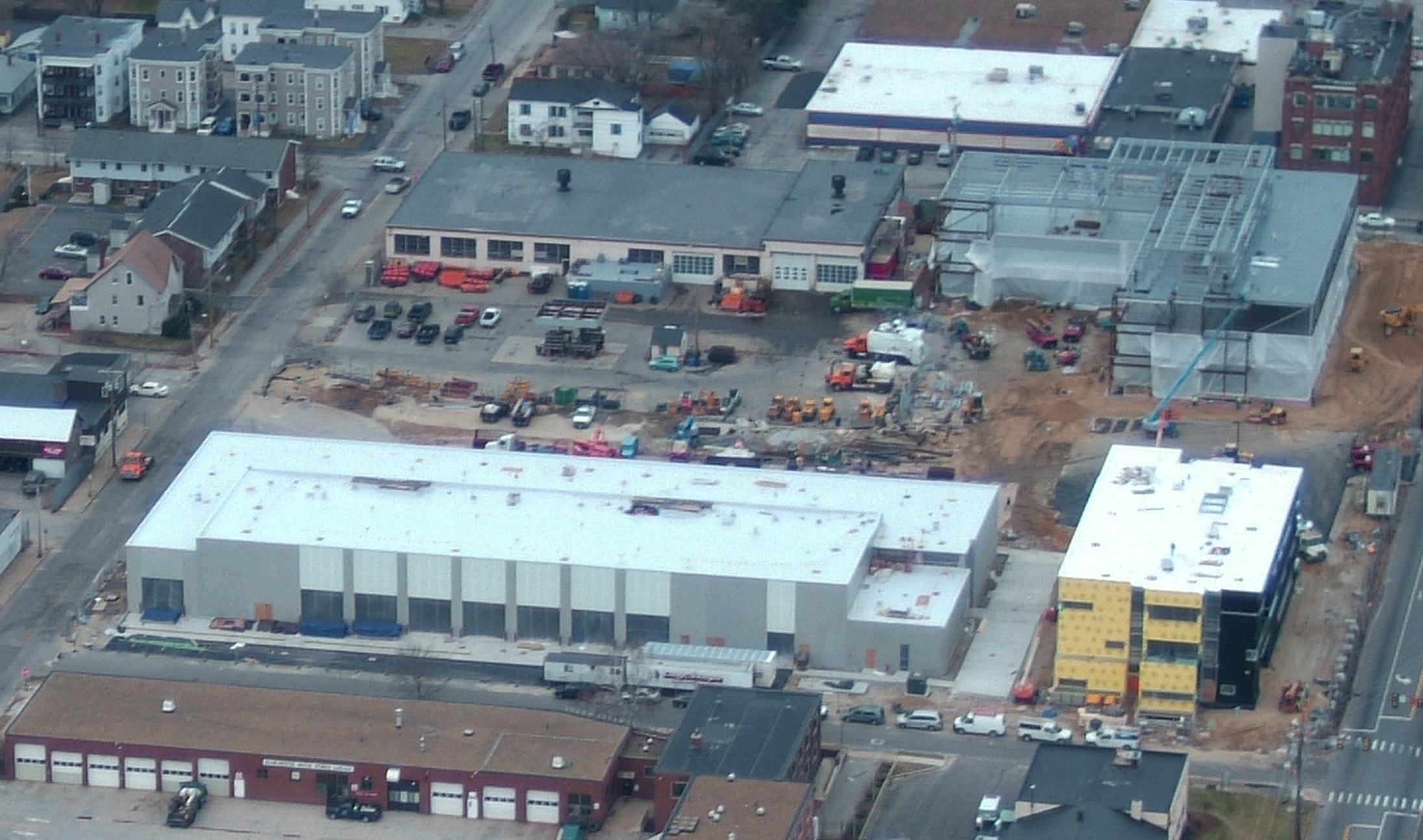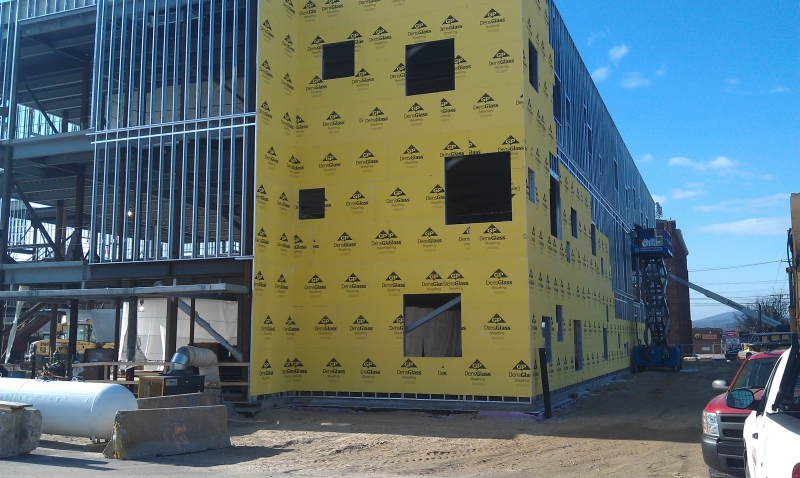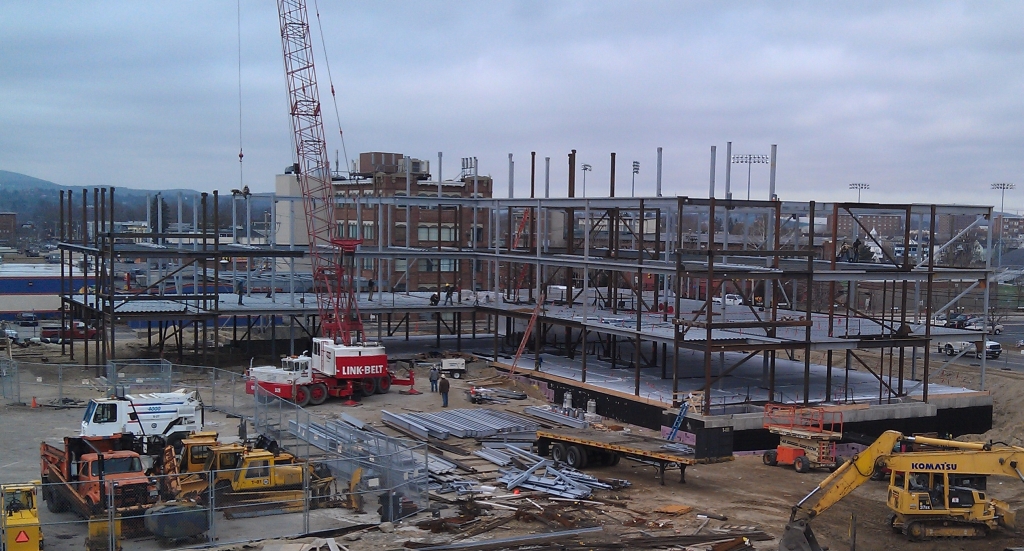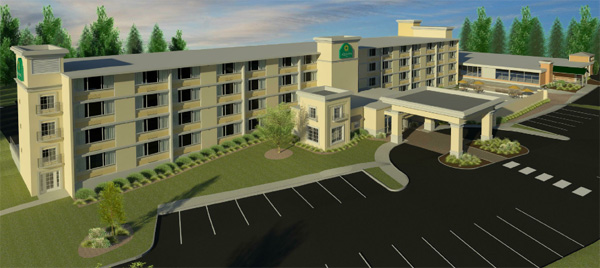Train idea for downtown Manchester is coming down the track again
MANCHESTER — Entrepreneur Dean Kamen has resurrected his idea for a small rail system to serve the Millyard and downtown Manchester.
Two decades ago, Kamen proposed a small steam railroad that would bring visitors to and from Millyard parking lots and possibly up to Elm Street.
A meeting, the second in the past month convened by Kamen, is set for Monday night to discuss the idea.
“The starting point was the plan that was discussed 20 years ago, and clearly, if this is something we are going to move forward, we are going to want to explore changes in technology that have occurred since then,” Jay Minkarah, Manchester’s director of economic development, said in a telephone interview.
Mayor Ted Gatsas attended the initial gathering of Millyard building owners and business tenants, he said.
Kamen is best known as the technology guru behind DEKA Research and Development and his role in creating and promoting the FIRST robotics competition, but he and his partners also own buildings in the Millyard.
Kamen-inspired technologies include the first wearable insulin pump, the iBot self-balancing wheelchair, the Segway Human Transporter and the Luke robotic arm.
Most recently, Kamen and partners spent $10 million renovating the former Pandora building. The Pandora is the seventh building Kamen has brought to life in the Manchester Millyard.
Arthur Sullivan, a principal in Brady Sullivan Properties, said, “It’d be a nice novelty for the city. I could see people coming in to the city wanting to ride the train. It also serves the purpose of moving people around in the Millyard.’’
Brady Sullivan is developing another Millyard building, 300 Bedford Street, for residential use. “I think residential is going to be the next wave downtown. It would be a nice amenity,” Sullivan said of the train. “You could jump on the little train; it would bring you up to Elm Street and have dinner and cocktails. I see it as being a good success.”
Other Millyard property owners and tenants include Anagnost Properties (33 S. Commercial St.), the University of New Hampshire-Manchester and the New Hampshire Fisher Cats minor league baseball team at Northeast Delta Dental stadium.
Neville Pereira, co-owner of Ignite Bar and Grille and Hooked seafood restaurant off Hanover Street, said he is working with Kamen on the idea. “It will be a real track with a real train, very similar to what you see at DisneyWorld,” Pereira said.
A potential loop could include the Millyard from Dow Street to the baseball stadium, running along Commercial and either Chestnut or Elm streets, with crossovers at Granite Street on the south end and possibly Dow Street on the north end.
The project could involve up to three miles of track that could run down the middle of the street on any paved surface.
“This is really very preliminary,” Minkarah said. “It’s in the discussion phase. There are no cost estimates, there is no proposed route, really nothing hard and fast at this point.
“Right now, this is a conversation among some property owners,” he said.
As originally envisioned, small trains would have a 19th-century vintage look.
Besides the mayor, the Dec. 19 meeting was attended by Sullivan, Anagnost, Ben Gamache, Steven Singer and Stephen Talarico.
“The response was exceptionally positive,’’ Pereira said.
“We are now having the second meeting to see logistically if this can actually happen.
“It was a good idea 20 years ago, but it’s an even better idea now, given the problems of traffic flow and parking in the downtown area,” Pereira said.
Entrepreneur Dean Kamen and other Manchester Millyard building owners and tenants plan to meet Monday to discuss the idea of creating a small rail system that would loop around the Millyard area, above.








